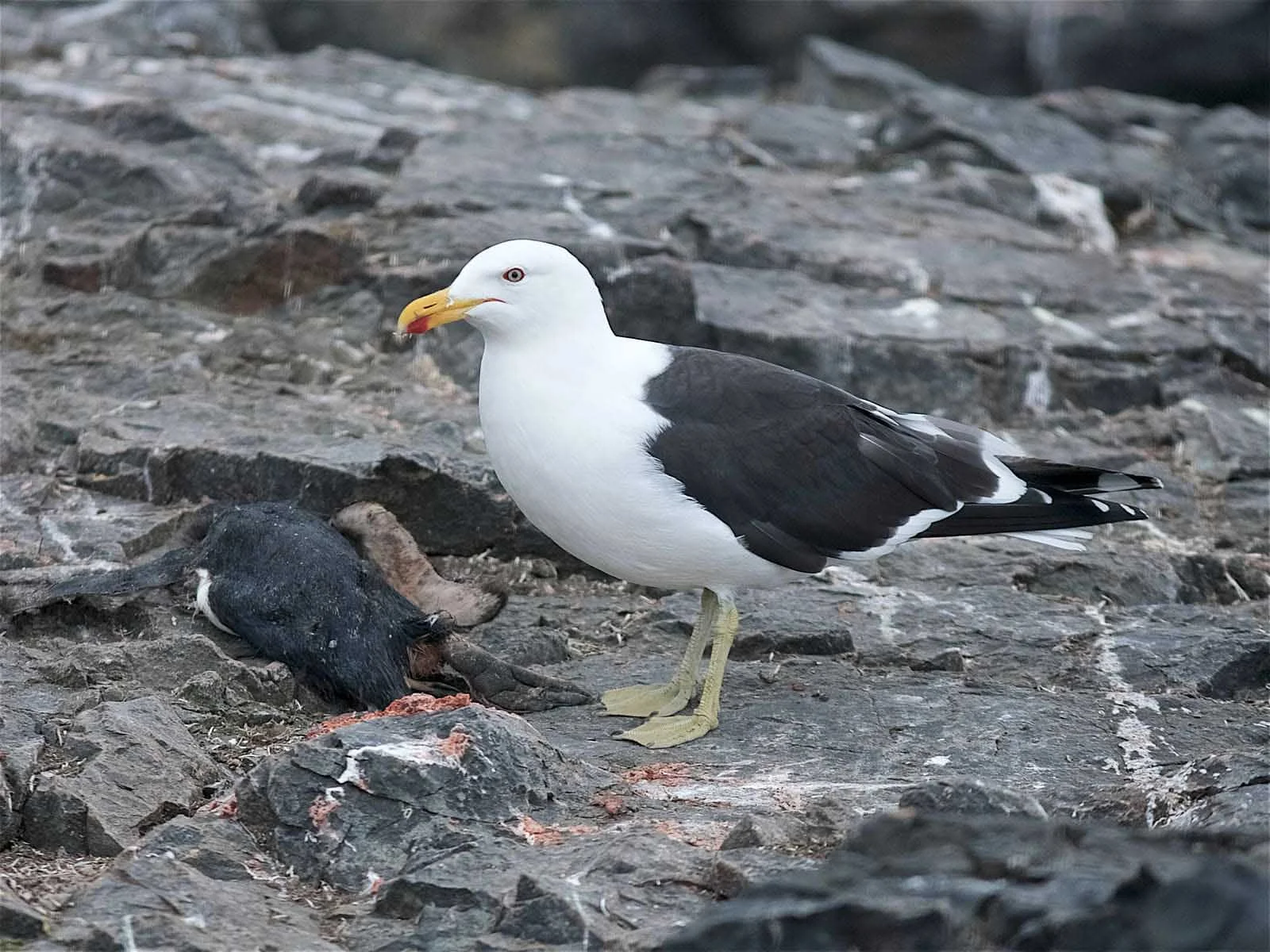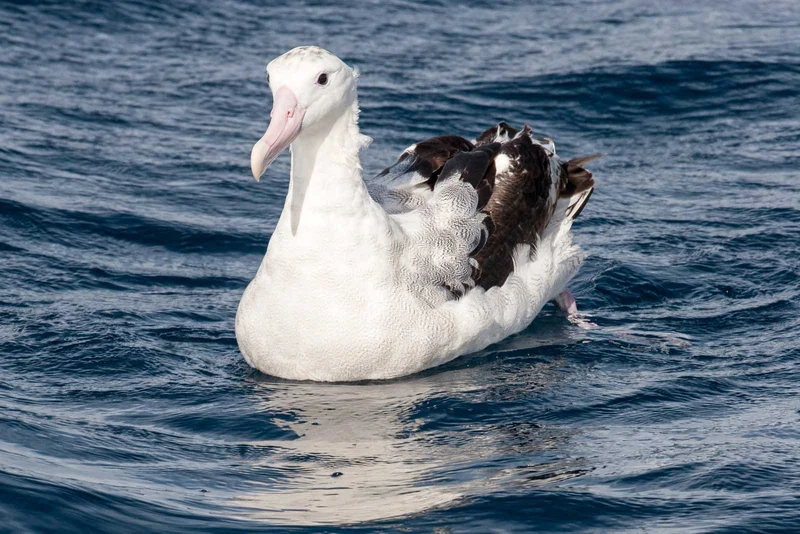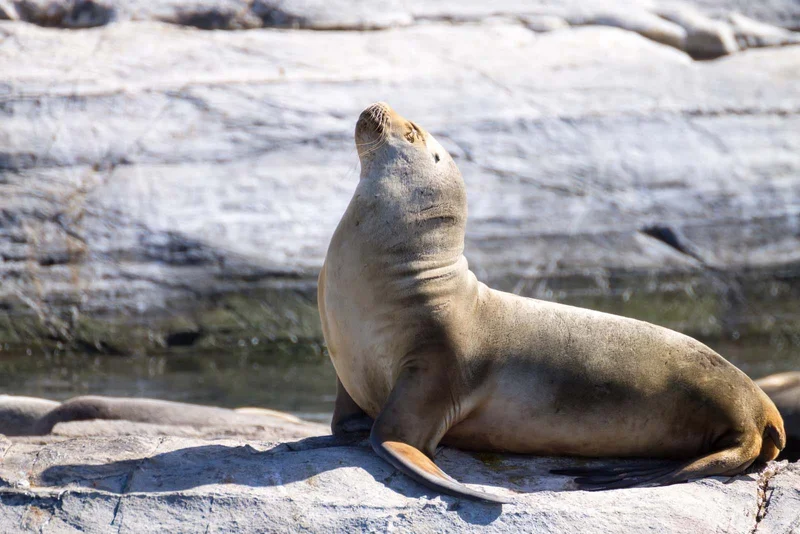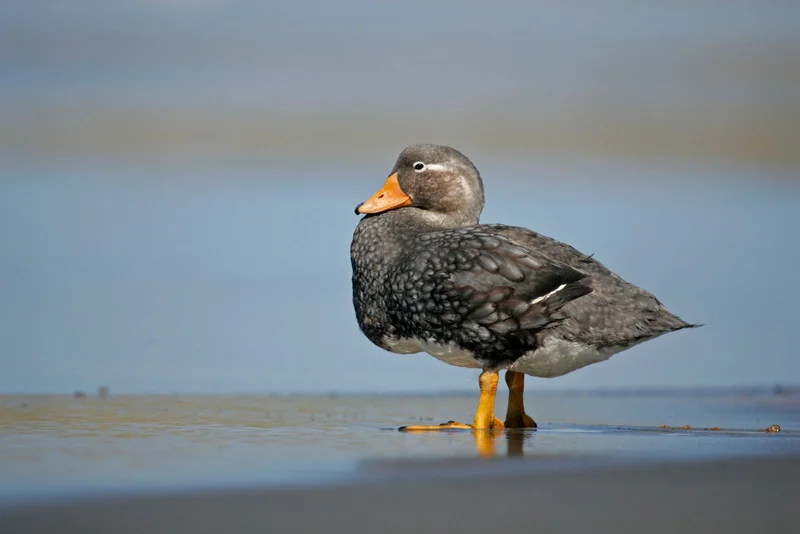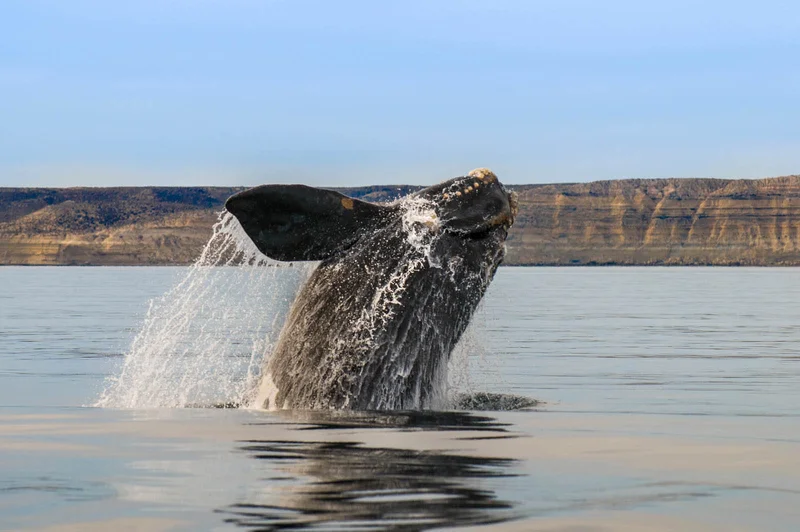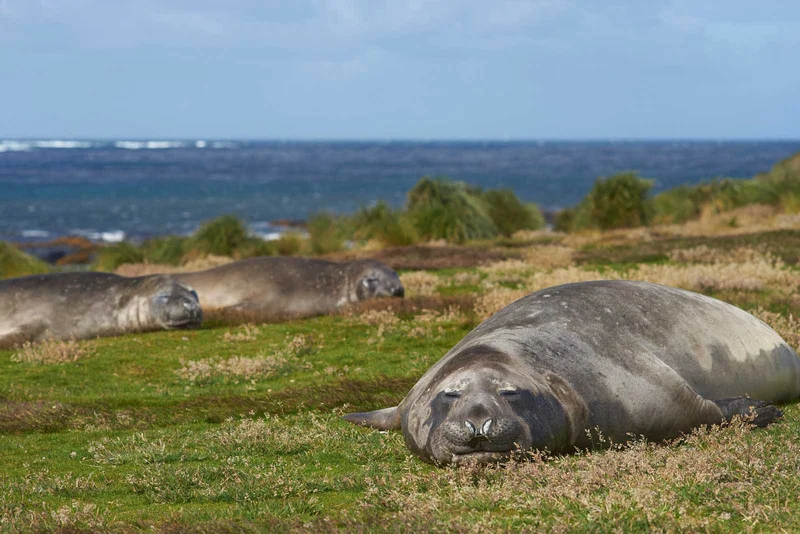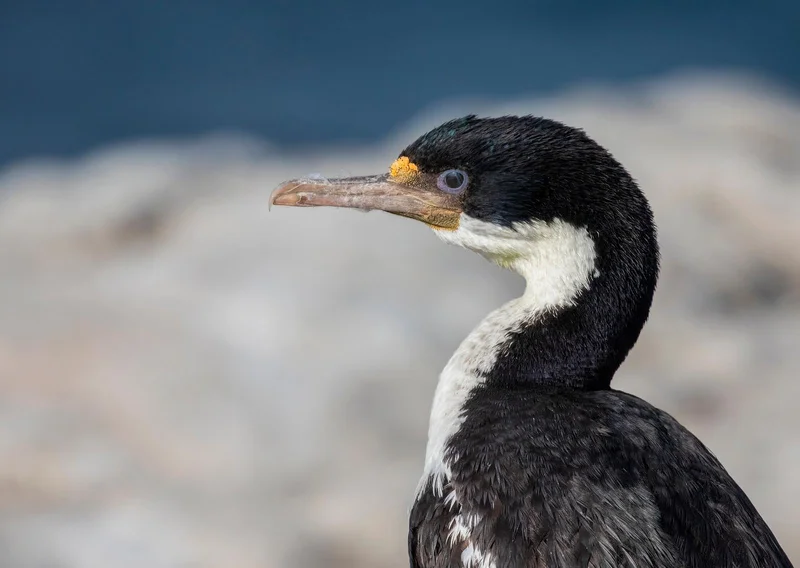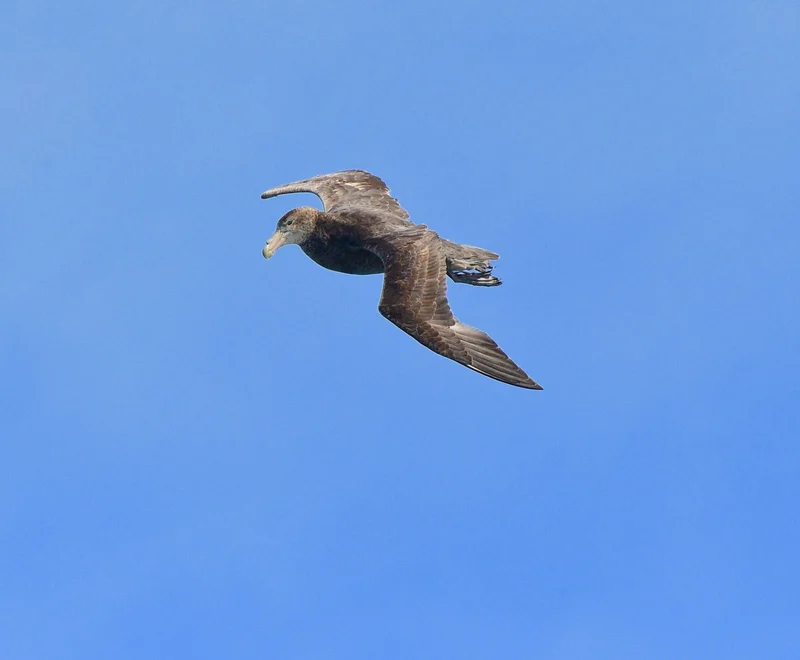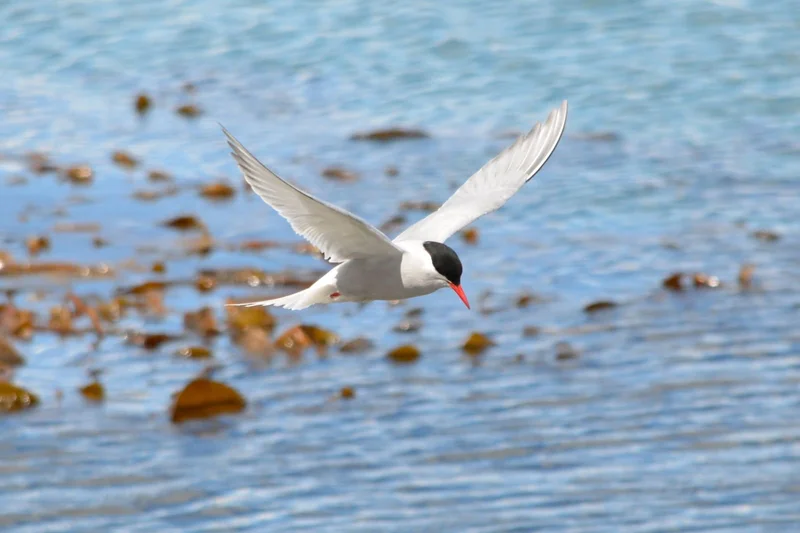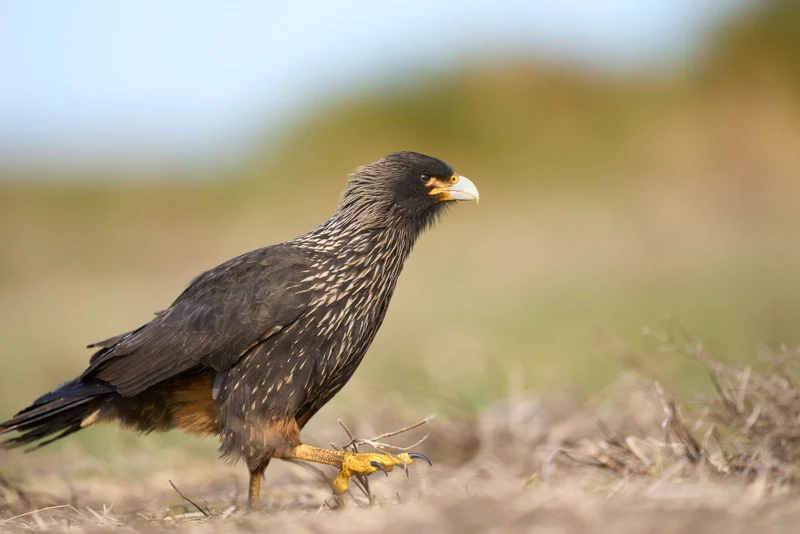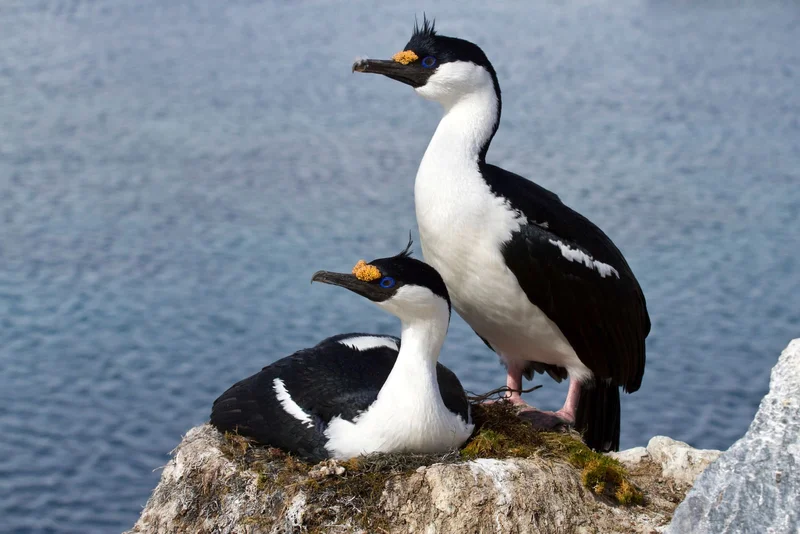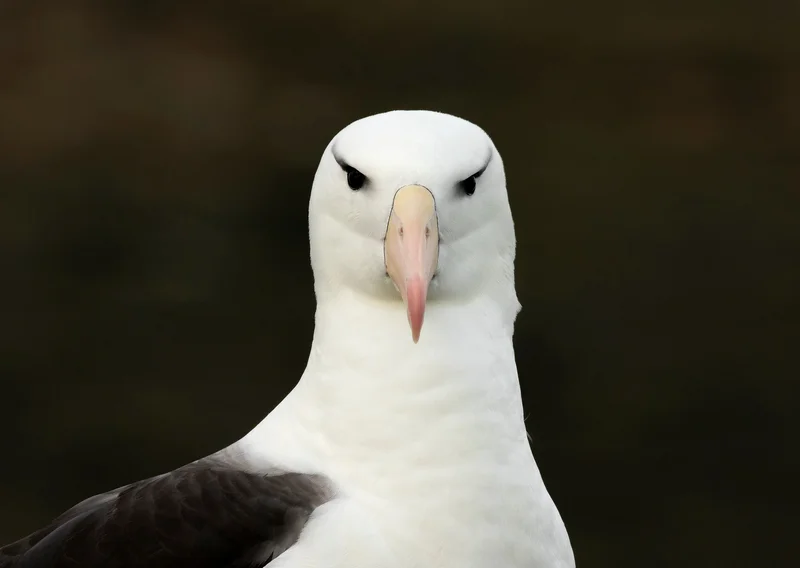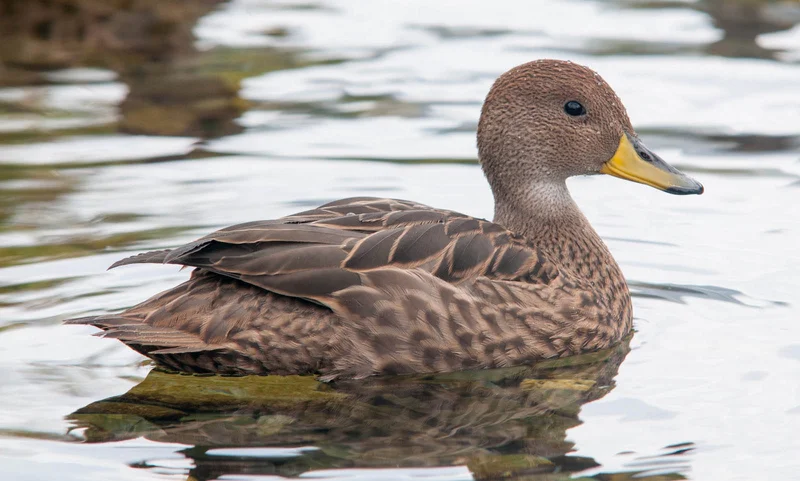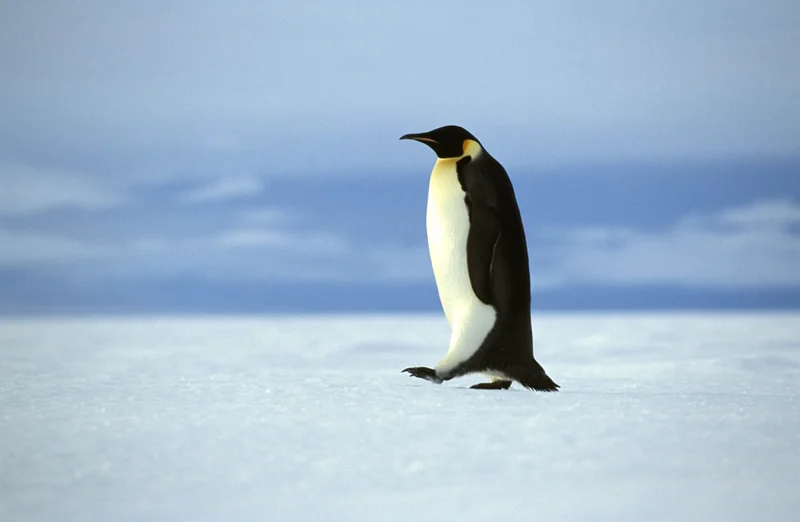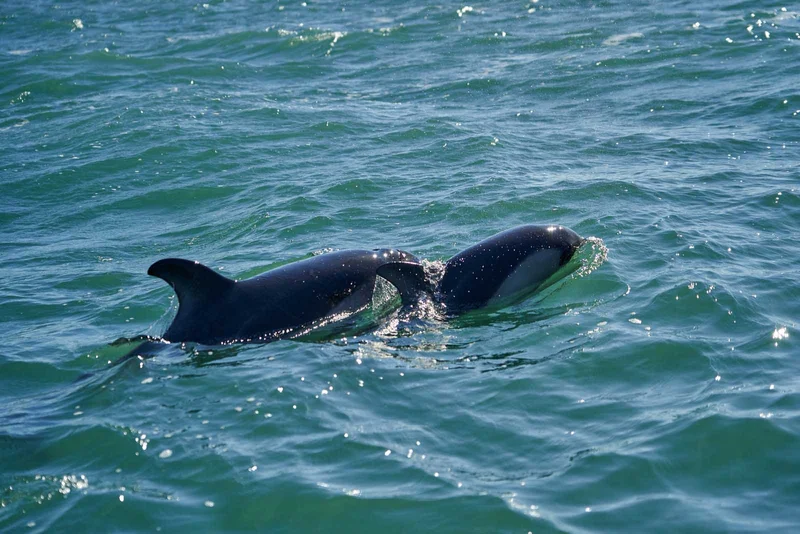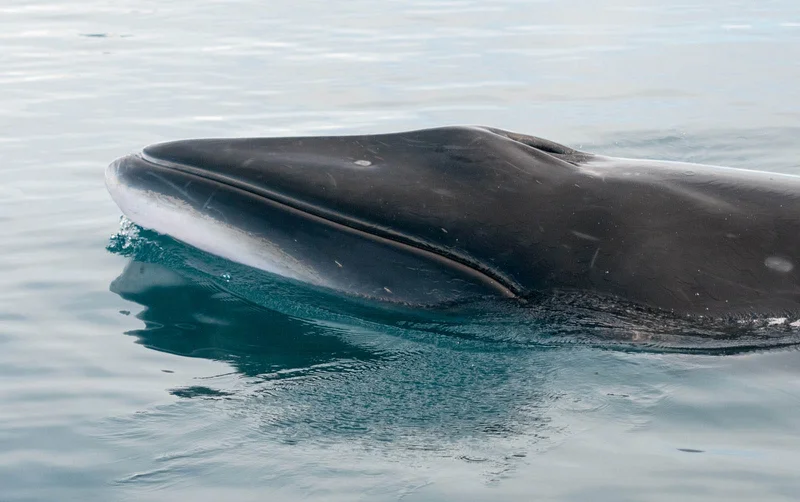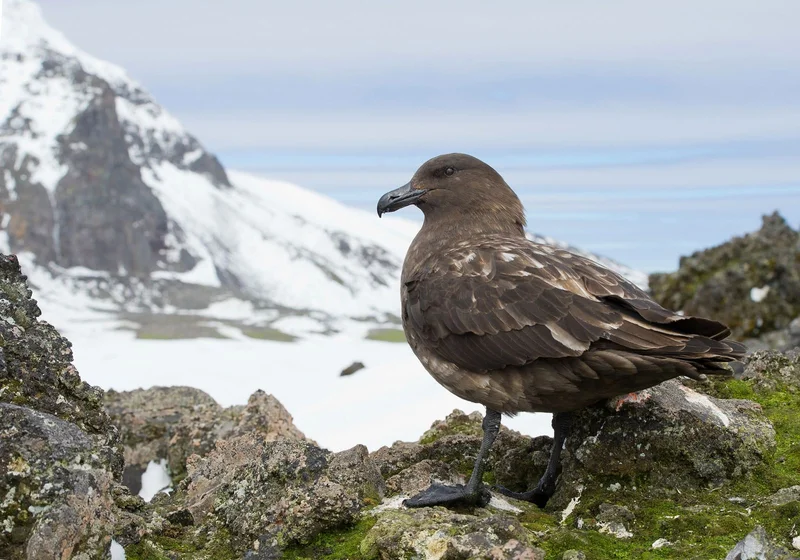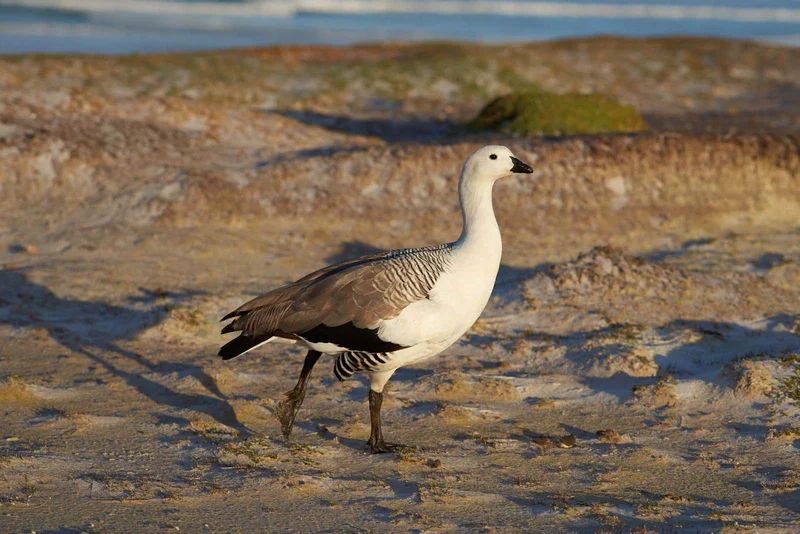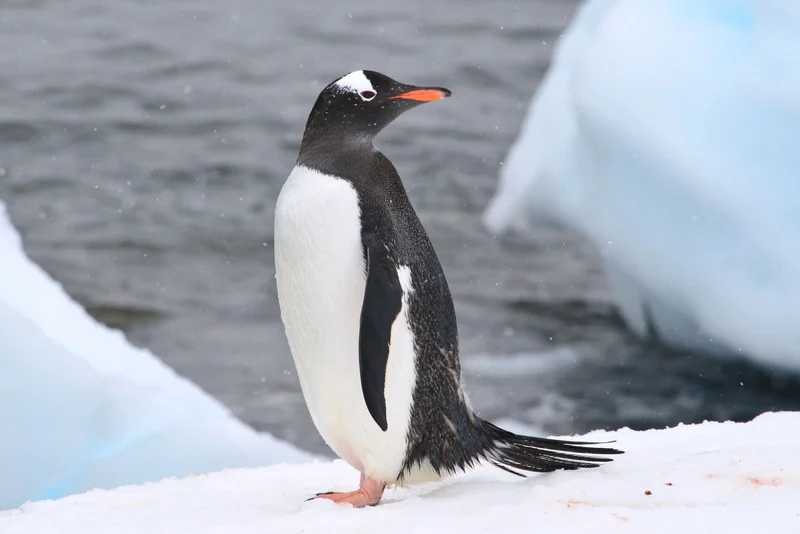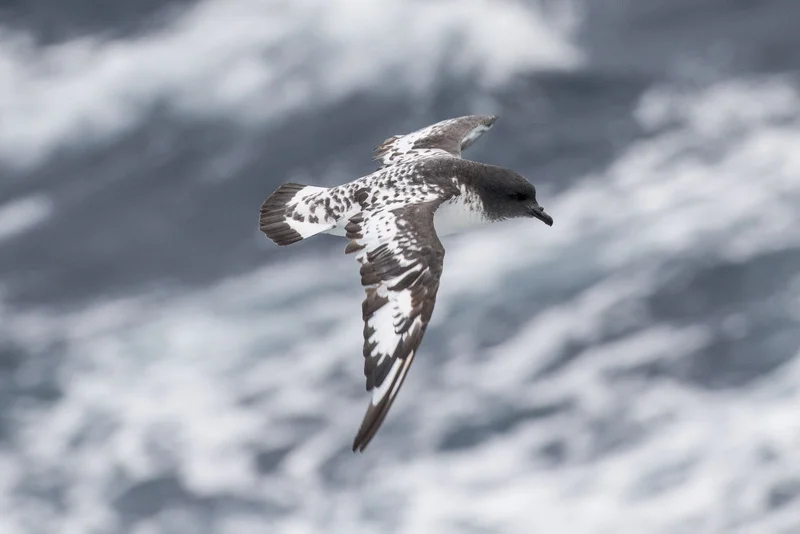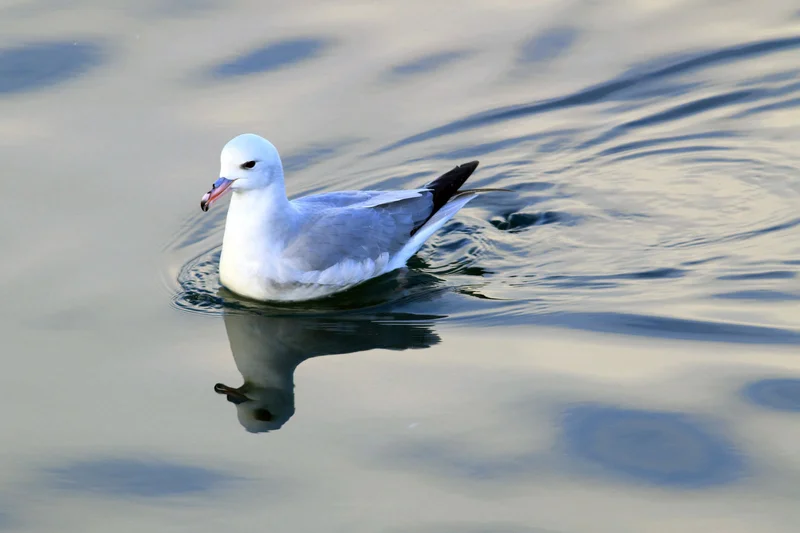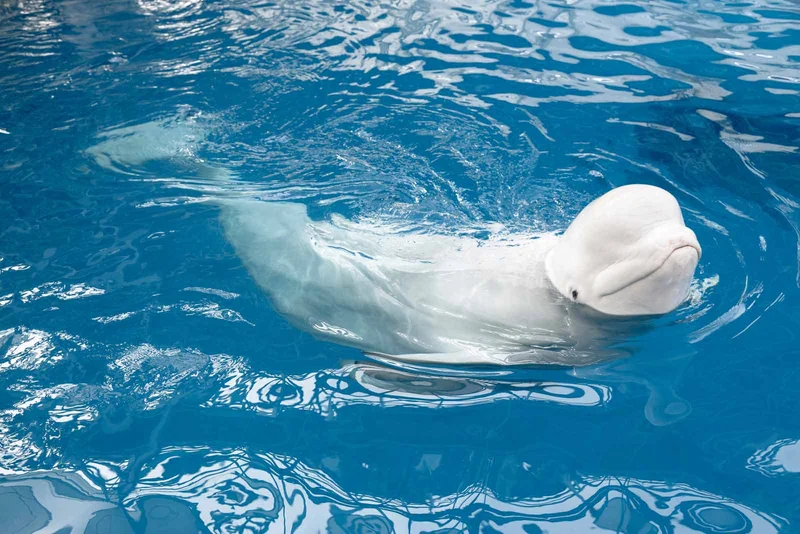Essential Kelp Gull Information
The kelp gull, also known as the Dominican gull or Southern Black-backed gull, is the only gull species found in Antarctica. These birds are widespread across the southern oceans and are a common sight on Antarctic expedition cruises.
Physical Characteristics
Kelp gulls resemble their northern black-backed relatives, measuring about 60 cm (2 feet) in length with a wingspan of 1.4 meters (4 feet 6 inches). They have black or dark gray wings and back, while the rest of their plumage is bright white. Their yellow bills feature a distinctive orange spot on the lower part, making them easy to identify.
Feeding Habits
True omnivores, kelp gulls eat a variety of foods, from limpets and small prey to scavenging on carcasses. In Antarctica, they specialize in feeding on limpets, which they often collect during low tide. You may spot them diving down to peck limpets from the rocks or notice "midden" piles onshore where they gather to eat and discard the shells. They also scavenge around other birds' nesting colonies, taking advantage of unattended chicks or feeding on carcasses.
Distribution and Behavior
Kelp gulls are widespread across the southern oceans, and you are likely to encounter them on shore excursions during Antarctic expeditions. Their strong bills allow them to efficiently tear through food sources, from limpets to carrion, and they are adaptable enough to take live prey when the opportunity arises.
Interesting Facts
- Specialist Feeder: In Antarctica, kelp gulls specialize in feeding on limpets, diving at low tide to collect them.
- Scavenging and Hunting: They often scavenge around bird colonies and are known to take live, unattended chicks or feed on perished ones.
- Omnivorous Diet: Like most gulls, they will eat nearly anything available, showcasing their adaptability.
